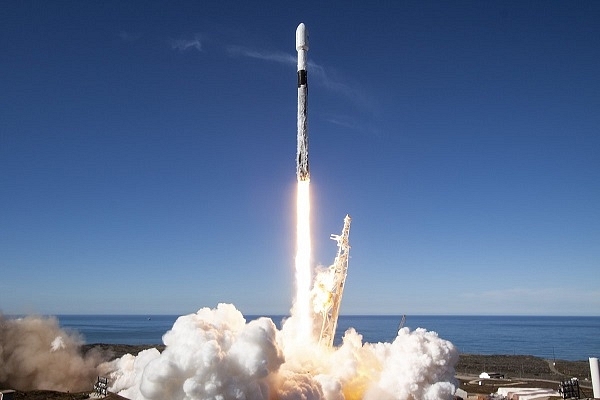
After Nearly Ten Years Of Dependance On Russians, America Will Finally Be Able To Launch Astronauts Using Its Own Rockets And Spacecraft
For the first time in nearly ten years, a US-made rocket will take two American astronauts to space later next month.
The US space agency on Friday (17 April) said the SpaceX's Crew Dragon spacecraft aboard the Falcon 9 rocket will leave for the International Space Station (ISS) on 27 May.
For the nearly a decade the US has relied mainly on Russian Soyuz rockets to send astronauts to the space station.
The US space program was severely curtailed after the space shuttle program came to an end and its replacement program titled “Constellation” was not gathering pace. Eventually, the Constellation program was cancelled by the Barack Obama administration in 2011.
NASA astronauts Robert Behnken and Douglas Hurley will fly on the SpaceX spacecraft as part of the US space agency's Commercial Crew Programme, heralding a new era of human spaceflight.
The Crew Dragon spacecraft will lift off on a Falcon 9 rocket from Launch Complex 39A in Florida, for an extended stay at the space station for the Demo-2 mission.
The specific duration of the mission is to be determined.
As the final flight test for SpaceX, this mission will validate the company's crew transportation system, including the launch pad, rocket, spacecraft, and operational capabilities.
This will also be the first time NASA astronauts will test the spacecraft systems in orbit.
Behnken will be the joint operations commander for the mission, responsible for activities such as rendezvous, docking, and undocking, as well as Demo-2 activities while the spacecraft is docked to the space station.
He was selected as a NASA astronaut in 2000 and has completed two space shuttle flights. Behnken flew STS-123 in March 2008 and STS-130 in February 2010, and he performed three spacewalks during each mission.
Before joining NASA, Behnken was a flight test engineer with the US Air Force.
Hurley will be the spacecraft commander for Demo-2, responsible for activities such as launch, landing and recovery. He was selected as an astronaut in 2000 and has completed two spaceflights.
Hurley served as pilot and lead robotics operator for both STS-127 in July 2009 and STS-135, the final space shuttle mission, in July 2011.
After successfully docking, Behnken and Hurley will be welcomed aboard the international space station and will become members of the Expedition 63 crew. They will perform tests on Crew Dragon in addition to conducting research and other tasks with the space station crew, NASA said.
Although the Crew Dragon being used for this flight test can stay in orbit for about 110 days, the specific mission duration will be determined once on station based on the readiness of the next commercial crew launch.
The operational Crew Dragon spacecraft will be capable of staying in orbit for at least 210 days as a NASA requirement.
Upon conclusion of the mission, Crew Dragon will autonomously undock with the two astronauts on board, depart the space station and re-enter the Earth's atmosphere. On splashdown just off Florida's Atlantic Coast, the crew will be picked up at sea by SpaceX's Go Navigator recovery vessel and return to Cape Canaveral, NASA said.
The Demo-2 mission will be the final major step before NASA's Commercial Crew Program certifies Crew Dragon for operational, long-duration missions to the space station.
(With inputs from IANS)